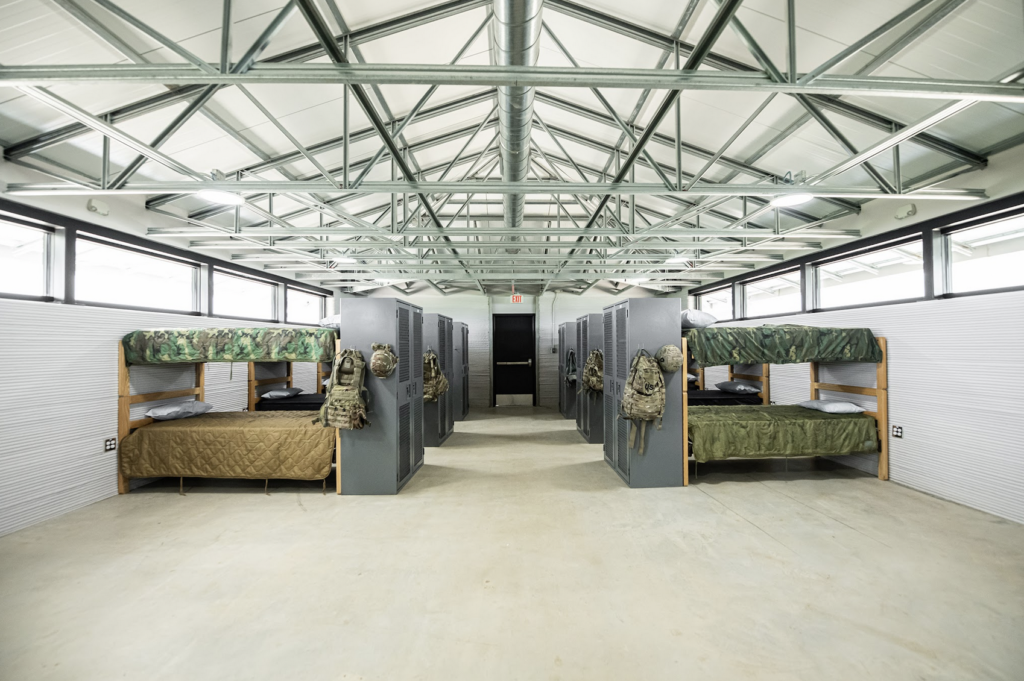Florida International University (FIU) was awarded a $3.2 million grant by the Army Corps of Engineers for research related to use of Ultra High Performance Concrete (UHPC) for additive construction (AC) applications. UHPC is a term used for any cement mixture that is composed of especially tiny particles and possesses a number of specific advantages over more widely-used concretes, in particular, improved compressive strength.
According to the US Department of Transportation (DOT), UHPC has been commercially available in the US since 2000. Despite its many advantages over other cementitious mixtures — which, in addition to greater strength, include superior workability and low water content — the higher cost of UHPC has likely stunted its potential for broader adoption.

On the other hand, FIU professor of civil engineering Atorod Azizinamini, who is also the director of Infrastructure Research and Innovation at the school’s Office of Research and Economic Development, estimates that a cubic yard of UHPC now sells “at less than 10 percent” what it cost when it first hit the market. Moreover, the material’s combination of high durability and low permeability make it clear why it’s drawn the attention of the Army Corps of Engineers as well as that of a coastal state like Florida.
In an FIU press release about the Army Corps of Engineers grant, the co-principal investigator of the grant, Professor Kingsley Lau, of FIU’s Department of Civil and Environmental Engineering, explained, “The idea of having really high-quality concrete is that you increase the time it takes for chloride in water to penetrate the concrete and reach the steel.” Two members of the US House of Representatives from Florida, Mario Diaz-Balart and Debbie Wasserman Schulz, gave the grant bipartisan support. Diaz-Balart touted the project’s enhancement of the US’s “defense readiness”, while Wasserman Schulz said it would “…help ensure our coastal installations are more resilient.”
The “resilient” part, of course, is where AC comes in. The technology of construction 3D printing itself has only recently started to be taken seriously. Thus, relatedly, there still isn’t much research yet into AC applications for UHPC. Nevertheless, there does seem to be evidence that UHPC may be far better-suited for AC than conventional, commercially-available concrete.

For one thing, the lower viscosity of UHPC compared to conventional cementitious mixtures could simply make it an inherently more viable option for construction printing. For another, depending on the reliability and consistency of the platform used to dispense the material, using UHPC may facilitate builds that are less susceptible to cracking and deformation — one of the main problems that builders utilizing AC systems are currently faced with.
From the inverse perspective, the advantages of UHPC could also be maximized by using AC techniques. As the professors involved in the project note in the press release, the strength of UHPC already allows for less material to be used by comparison with traditional concrete, which translates to a lower carbon footprint. One of the primary selling points of AC is that it’s far less wasteful than legacy construction, meaning that the combination of hardware and materials here could truly accentuate the best attributes of both.
Finally, this project is an ideal window into the manner in which global governments, and especially, the governments of the NATO allies and their partners, seem to be planning to deal with climate change. As I noted a couple of months ago in my post about the Biden administration’s National Strategy on Advanced Manufacturing, western militaries seem to be building up their IR4.0 capabilities specifically to deal with the century of ecological crises that the planet has in front of it.
Even economic resilience is environmental resilience, first and foremost. However untenable the industrial solutions that are being put on the table may look in their present form, the rationale for global policymakers is to build up the capacity for as many resiliency tools as possible — like the ability to defend coastlines against flooding with robot builders using impermeable concrete. When the emergencies happen, tools like those will be mobilized into action, and the ones that work best will form the basis for whatever economy remains in the aftermath.
3DPrint.com and SmarTech Analysis are hosting Additive Manufacturing Strategies in New York City on February 7-9, 2023. Register for the event here to learn from and network with the most exciting companies and individuals in AM.
Subscribe to Our Email Newsletter
Stay up-to-date on all the latest news from the 3D printing industry and receive information and offers from third party vendors.
You May Also Like
Further Understanding of 3D Printing Design at ADDITIV Design World
ADDITIV is back once again! This time, the virtual platform for additive manufacturing will be holding the first-ever edition of ADDITIV Design World on May 23rd from 9:00 AM –...
3D Printer Maker EVO-tech Reborn as NEVO3D — Once More With Feeling
EVO-tech was a 3D printing service and original equipment manufacturer established in 2013 and based in Schörfling am Attersee, Austria. The company produced high-quality material extrusion systems featuring linear bearings,...
3D Systems Brings 3D Printed PEEK Cranial Implant to the U.S. with FDA Clearance
For more than 10 years, 3D Systems (NYSE:DDD) has worked hand-in-hand with surgeons to plan over 150,000 patient-specific cases, and develop more than two million instruments and implants from its...
CDFAM Returns to Berlin for Second Annual Symposium
The second CDFAM Computational Design Symposium is scheduled for May 7-8, 2024, in Berlin, and will convene leading experts in computational design across all scales. Building upon the first event...































